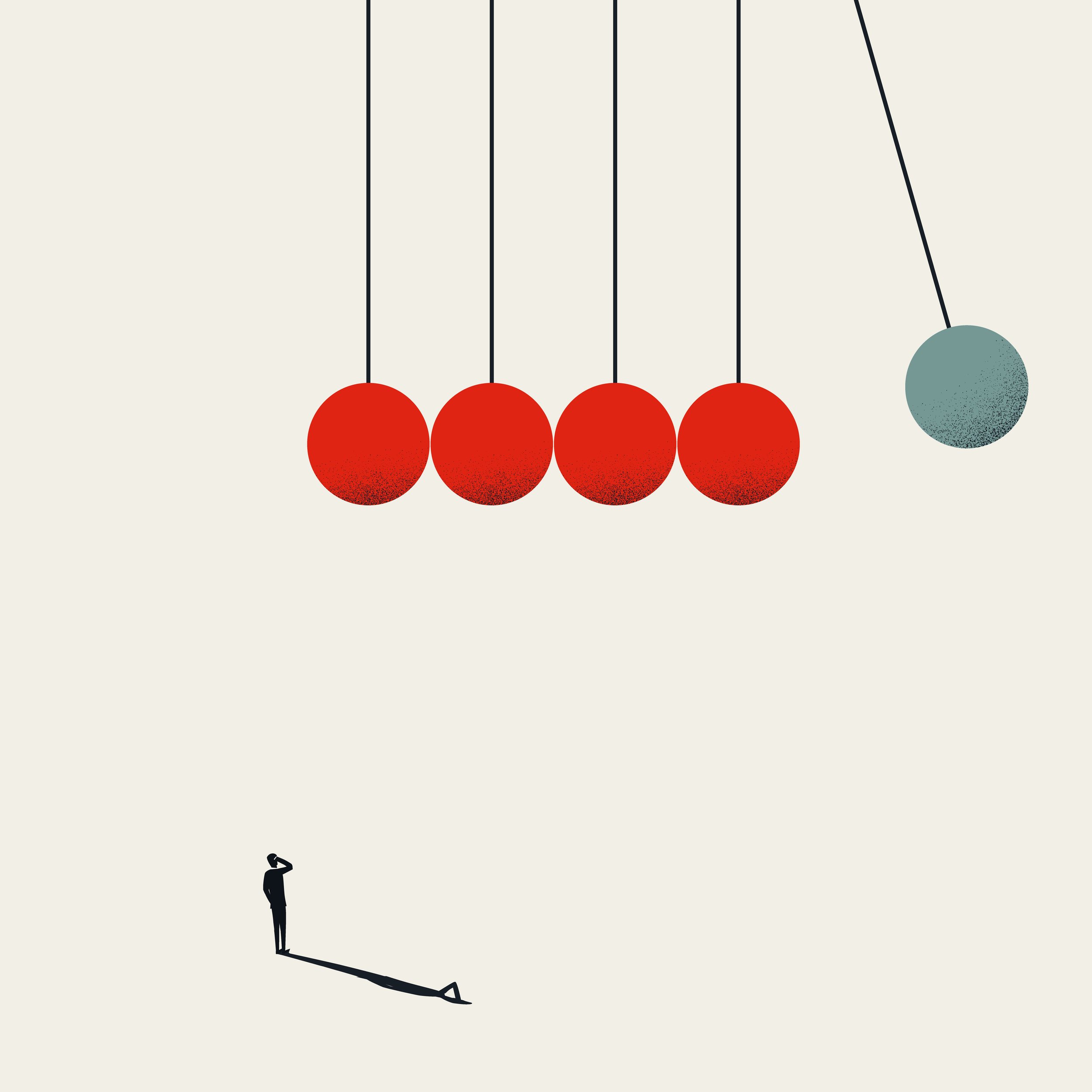The Pendulum Swings: How Cancel Culture Led to Its Own Undoing
We’ve all heard the old sayings: If you don’t have anything nice to say, don’t say anything at all—or, on the flip side, let he who is without sin cast the first stone. But in the age of social media, it often felt like the stones were flying in every direction, and saying nothing at all wasn’t an option.
Cancel culture emerged as a way to hold people accountable, to shine a light on systemic issues, and to demand change. But somewhere along the way, the approach became more about punishment than progress, more about public shaming than meaningful reform. Now, we’re living in the backlash—where defiance of those norms isn’t just common, it’s being celebrated.
So, did cancel culture ever achieve what it set out to do, or did it just set the stage for an even greater cultural divide?
Recently, the Atlantic published a fascinating article on this topic, “Is This What Cancel Culture Achieved.”
“If a vogue for virtue signaling defined the 2010s and early 2020s, peaking in 2020 during the feverish summer of protest and pandemic—a period in which pronouns in bio, land acknowledgments, black squares, diversity statements, and countless other ethical performances became a form of social capital—something like the exact photonegative of that etiquette has set in now.”
The article argues that the cultural shift from cancel culture to what it calls "vice signaling" has led to a rightward overcorrection, where figures once condemned for racism or other offenses are now embraced by powerful elites. It highlights recent controversies, including Kanye West’s extreme statements, to illustrate how reactionary forces have gained momentum while progressive causes have lost ground. Ultimately, the piece questions whether cancel culture achieved its intended goal of fostering a more just society or if it inadvertently paved the way for an era where blatant disregard for decency is celebrated.
Real, lasting progress isn’t about forcing people to comply—it’s about making them want to change. When people feel coerced into adopting new beliefs or behaviors, they might go along with it in the moment, but deep down, resistance builds. That resistance often manifests as quiet resentment, performative agreement, or outright backlash, as we’re seeing now.
True change happens when people understand the why behind a movement and choose to embrace it on their own terms.
History shows that social shifts last when they come from genuine cultural buy-in rather than fear of consequences. Civil rights progress, for example, wasn’t just about legal victories; it was about winning hearts and minds, making racial equality a shared value rather than an imposed rule. On the other hand, when change feels dictated from the top down—whether by institutions, media, or social pressure—it risks becoming fragile and temporary.
This is where cancel culture lost its way. Instead of persuading, it often relied on public shame and ostracization to enforce new norms. But forcing compliance doesn’t create true believers—it creates a pressure cooker where, as soon as the lid is lifted, all that suppressed opposition explodes. That’s how we’ve ended up in an era where people don’t just reject progressive ideals—they rebel against them with pride, even embracing the very things they were once criticized for.
If the goal is real progress, the focus should be on engagement, education, and conversation—not shame and punishment. People need space to wrestle with new ideas, to make mistakes, and to change at their own pace. Social progress isn’t about demanding perfection overnight—it’s about building a society where people actually want to be better.
